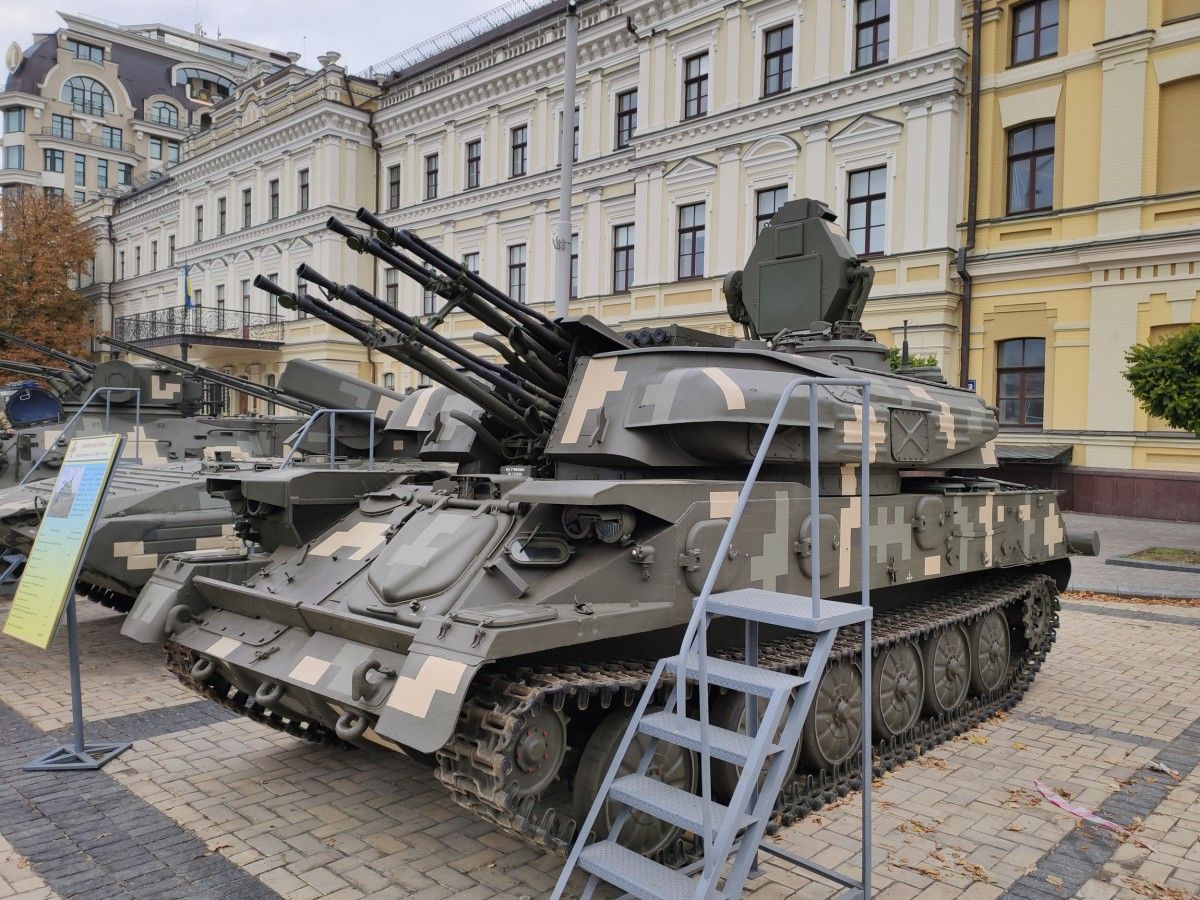The Northern Lights remain visible across the UK tonight, offering a second chance for those who missed Monday night's spectacular aurora display. The ongoing effects of a coronal mass ejection that occurred late Saturday continue to create viewing opportunities through Wednesday morning.
Monday night brought stunning aurora visibility across Scotland, northern England, the Midlands, and as far south as West Cork in Ireland. This marked the most significant Northern Lights display in nearly a year, following the impressive October 2024 show that was visible even from London during the solar maximum peak.
Best viewing times and locations
The optimal viewing window runs from midnight to 3am Tuesday night, according to forecasts from the US National Oceanic and Atmospheric Administration. Northern Scotland and northern England offer the best chances, with potentially some visibility in the Midlands.
Southern locations including London, Essex, Norfolk, Bristol, Suffolk, and Norwich are unlikely to see much activity during this event. The further north you travel, the better your chances of witnessing the aurora borealis.
Scientific background and colours
The aurora phenomenon begins when the sun releases charged particles and magnetic energy into space at millions of kilometres per hour. When these particles interact with Earth's magnetic field, they create geomagnetic storms visible in our skies.
The distinctive colours result from different atmospheric gases: nitrogen creates blue and purple hues, while oxygen produces the characteristic red and green displays. These same storms can disrupt satellite communications, GPS systems, and power grids.
Viewing tips and technology
Camera phones can reveal aurora activity even when it's not visible to the naked eye, making them valuable tools for aurora hunters. This technique works because camera sensors often detect light wavelengths that human eyes miss in low-light conditions.
Multiple tracking resources help predict aurora activity, including AuroraWatch UK with public submissions, Met Office space weather forecasts, and NOAA's live maps showing aurora coverage across both hemispheres.
Weather challenges tonight
Tuesday night's forecast shows fairly cloudy conditions across much of the UK, which will hamper viewing opportunities. However, Scotland and northern England are expected to have the clearest skies, adding another advantage to their already better positioning.
A waxing gibbous moon could further disrupt aurora visibility, particularly in areas with significant light pollution. Urban locations face additional challenges from artificial lighting that can mask the aurora's subtle glow.
Met Office Space Weather Manager Krista Hammond said: "Forecasts can change rapidly, so we encourage the public to stay updated with the latest information."
Sources used: "Metro", "HuffPost UK", "Sky News", "Northern Echo", "Manchester Evening News", "Chronicle Live"
Note: This article has been edited with the help of Artificial Intelligence.








